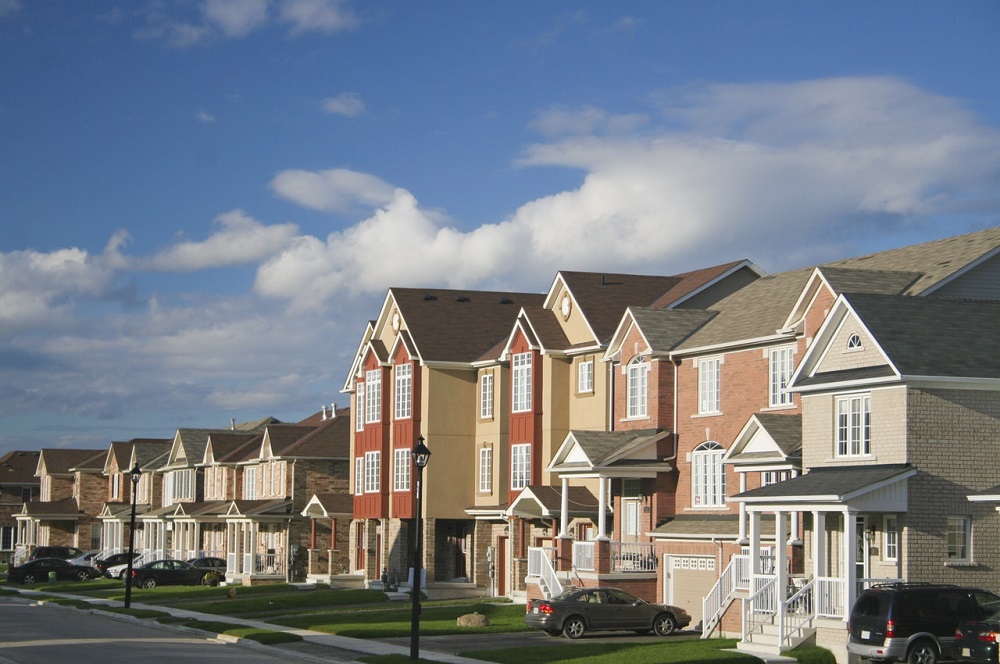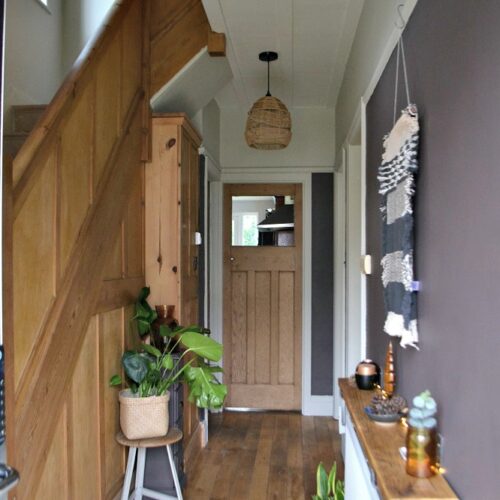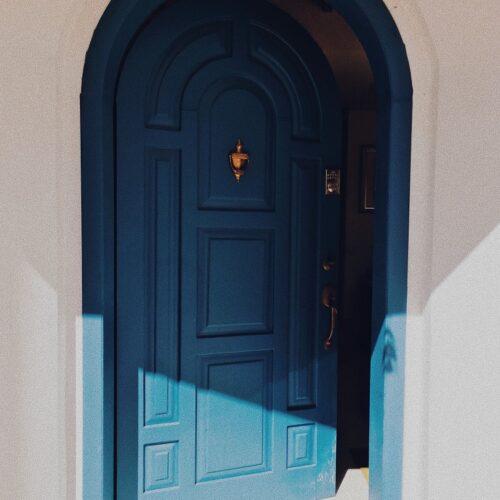Windows are an essential building block to any home, they help to keep the cold air out and keep our homes well insulated during the winter months. But if your windows aren’t doing these simplest of tasks it’s important to get them looked at as soon as possible, before your energy bills start to soar through the roof.

uPVC is a a great material to replace your existing windows with. uPVC stands for unplasticised polyvinyl chloride, and is a type of rigid plastic, built to last and easy to maintain. This strong plastic makes for superior windows and gives them excellent durability and longevity.
It’s likely you’ve heard about this new type of window before, as it’s a favourite for both interior designers and builders alike. But why should you use it to replace your old windows, and how can you tell if your current windows are on their last legs? Have a read through my guide to get the low down on all things uPVC and see if this is something you need to be investing in.
Signs it’s time to replace your windows
Good quality windows that have been made to measure and well maintained should last for 20 years or more. But if you’ve moved into an older property you could be looking at replacing your windows much sooner than that. If you’re wondering if you need to replace your windows there are a few tell-tale signs to look out for.
First of all, feel around the edge of your frames. If you feel a draft or cold air seeping through they will most likely need to be replaced. Next, put your ear up to the window, can you hear external noise coming through? If so the seals of the window may be broken, which can happen with wear and tear over the years.
Are your windows difficult to open or close, do they stick and lock, or is there condensation inside of them first thing in the morning? These are all signs that it’s probably time to replace your windows. Condensation can be a very big problem in old homes if you don’t sort it fast enough, as mould can quickly accumulate in the corners of a room and along the windowsills. If you have a constant mould problem it’s usually a sign to have your windows replaced.
Other tell-tale signs include the general appearance of the window, if it’s yellowing, if the timber frames are cracking, or if you’re finding your energy bills are going up in price and your home is very expensive to heat in relation to its size.

Why choose uPVC windows?
There’s a good reason why uPVC windows are becoming an household name, as their reputation for being durable and good value for money precedes themselves. Upgrading to high quality uPVC has the potential to save you quite a lot of money and is a huge draw for people deciding whether they want to switch over to them. Ultimately, the plastic helps insulate your home and reduce the amount of energy you’ll need to heat it.
Replacement uPVC windows are built to last and extremely easy to maintain – they’ll only need an occasional wipe down with warm soapy water to stay looking pristine. The actual plastic of these windows is made with extra additives and stabilisers, in order to protect the material from extreme heat. These stabilisers are often composed of metal and various organic compounds.
uPVC is also a safe and non-toxic material, easily recycled and formed into new products and windows. They come in all sorts of shapes and sizes, so whatever your property looks like there will be a window for you. You can get uPVC in many different forms too, including casement, tilt and turn, and sash windows if you want to keep that traditional charm. All windows need replacing eventually, but investing in high quality uPVC promises to help them last significantly longer — double glazed uPVC windows can last up to 35 years!

Replacing uPVC windows vs. other types of window
uPVC’s top competitors are wood and aluminium, but when it comes to longevity this hard plastic is difficult to beat. Wooden windows have the potential to rot over time and aluminium windows can easily rust, especially if they collect any condensation. Compared to its rivals, uPVC remains strong and secure over the years. It’s both weather-proof and non-corrosive, meaning it won’t degrade or rust. uPVC is also very difficult to break, so you won’t have to worry about the security of your home.
Usually if you’re looking to replace your windows with uPVC it’s best to update all of the structure, including getting replacement uPVC window handles and replacement glass for uPVC windows. You can even get uPVC window hinges replaced. These window mechanisms all have a varying life expectancy, which is often not as long as the frames themselves. Getting the frames, handles, glass and hinges all replaced is the best way to make sure your window is up to date and keep your house warm.
Summary
When your current windows are failing to keep in the heat and are accumulating condensation or mould, it’s time to start looking for a replacement. uPVC is by far the most cost-effective option out there, saving you lots of money down the line by cutting your energy bills and insulating your home properly.
Using uPVC is definitely an investment in your home. Not only do they look great, but they’re also extremely durable and will last you longer than any wood or aluminium counterpart. Do the research for yourself and find out if uPVC windows will be a good investment for you.
Featured post
© Copyright 2018 Antonia, All rights Reserved. Written For: Tidylife


Leave a Reply